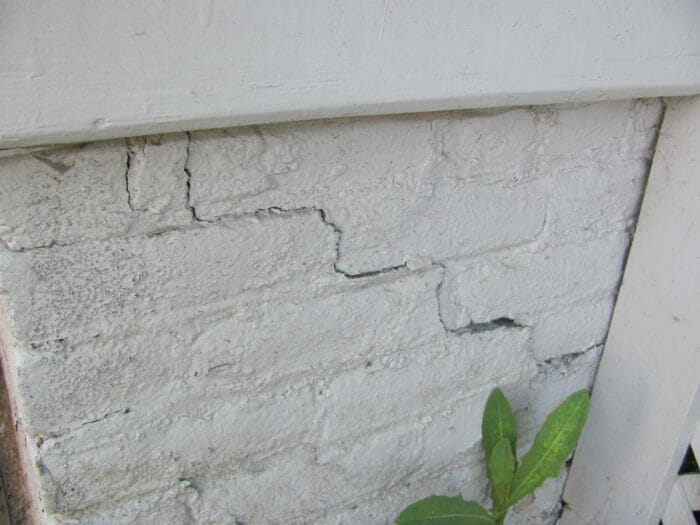Structural damage is a serious concern for homeowners. It can lead to structural movement and cause issues like cracks in walls, heave or uplift of walls and foundation, and even ground subsidence. The repair of these issues requires advanced methods that balance structural requirements with non-structural concerns. This includes minimizing costs, maintaining access and safety,…
